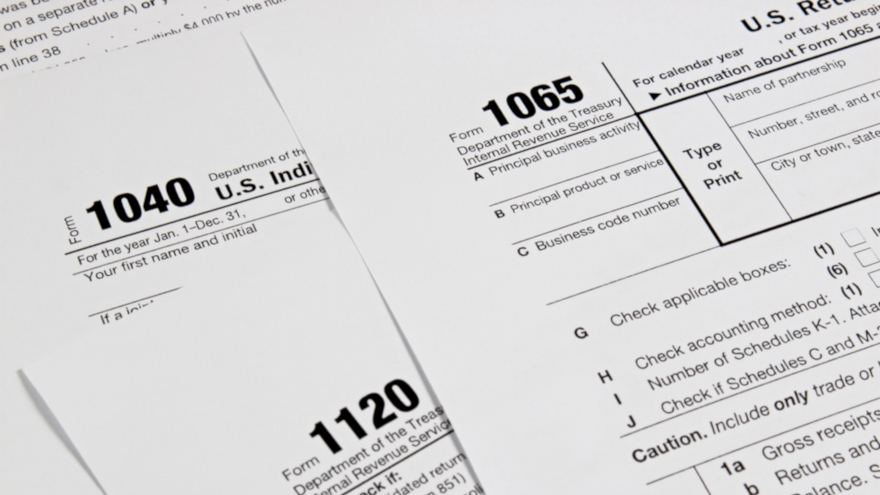ANALYSIS: Tax refund season may not deliver usual ‘shot in the arm’ to auto industry

Consumers across the country are assembling their tax documents to beat the April 15 deadline to file their returns with the Internal Revenue Service. For wage earners that have not experienced a significant change in their employment status, this is also the season to begin planning how to invest their expected tax return.
Meanwhile, in equal anticipation, auto dealerships put in place their own plans to optimize inventory in order to meet an important — and expected — spike in demand for new and used vehicles.
This year may be a little different. Changes in the tax code — and more importantly, in the withholding practices that were automatically implemented in the wake of the Tax Cuts and Jobs Act, which went into effect in 2018 — are projected to significantly reduce the size of expected tax refunds.
Putting refund season into context
In “normal” years, both the new- and used-vehicle sectors benefit from the season as consumers come to market armed with healthy down payments via their tax refund.
Last year — through the end of April — the average refund amount was nearly $2,800, which stimulated more purchasing activity while strengthening price positions for many of the mainstream vehicle segments.
This has been an especially important factor — and time of year — for the less expensive segments of the market, such as small and mid-sized cars. Purchasers of these vehicles have typically been more sensitive to affordability concerns, and often wrestle with the challenge of coming up with down payments in order to qualify for favorable financing terms and monthly payments.
Tax refunds have been a great resource for coming up with down payments.
Not all years are normal, however. There have been years when refunds have been delayed. When that happens, we see a corresponding delay in the purchasing activity spikes. We saw this take place in 2013 as the result of the Fiscal Cliff crisis that triggered a 16-day partial government shutdown.
A tough 2019 season
So far, this year has been extremely challenging. While many Americans are mistakenly expecting to receive similar refunds in 2019 as they did last year, it is possible they will be receiving a lower refund this tax season.
The Tax Cuts and Jobs Act brought a number of changes through the creation of new tax brackets and adjustments in the way itemized deductions are handled. A large portion of the population appears to be surprised, reflecting a lack of understanding on exactly how the changes affected their withholding.
What, in fact, happened is that adjustments to withholding tables were made to reflect lower tax rates. This means that over the course of the past year, a significant amount of taxpayers have actually received more money in regular paychecks and may now see smaller refunds.
We are already seeing the implications for the automotive industry, as the new realities become clear to consumers who rely on tax refunds to pay major bills or fund large purchases, such as a new or used vehicle. This could be a sign that potential buyers are holding off on their purchases or be faced with the need to put less money down, which in turn is placing them in a less favorable equity position.
While it is too early to assess the full effect of the 2019 Tax Refund season, an outline of the implications is beginning to emerge. Even in the context of a softer projected auto market for 2019, the uncertainty associated with refunds is taking its toll.
As J.D. Power analyzes the recent trends in used vehicle price data, we're not observing the same strength in prices that we documented during “normal” tax refund years. Used-vehicle prices have not yet experienced the usual uplift we see during this time. When they do, we are not confident that we will see the demand spike manifest itself to the same degree as in the past.
Caveat venditor
Caution, then, is the watchword that J.D. Power is advising dealers and dealerships to embrace by carefully monitoring inventory mix and tracking how consumer demand is flowing in. This is very much a year in which past performance may not be a solid predictor of future returns.
Ultimately, we expect the used-vehicle segment of market to cool off this year compared to 2018. Prices are forecast to decline by around 3 percent this year. The last thing dealers will want to do is to sit on too much depreciating inventory — especially as we go through this uncertain tax refund season.
David Paris is the senior automotive analyst at J.D. Power. For more analysis from Paris on the impact of a slower tax return season on the auto industry, see the podcast. below.

 View The Latest Edition
View The Latest Edition

